Toes to Knows Climbing Academy
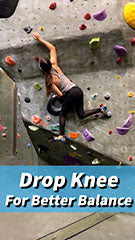
Academy: Drop Knee
Good hip motion is key to staying in balance when rock climbing. One way to drive hip motion is to use a drop knee. The drop knee helps create tension...
Academy: Drop Knee
Good hip motion is key to staying in balance when rock climbing. One way to drive hip motion is to use a drop knee. The drop knee helps create tension...

Academy: Strength Assessment
Climbing is a skill sport, but strength also plays a huge role in climbing success. As you progress up the grades in climbing, strength grows in importance. In this video,...
Academy: Strength Assessment
Climbing is a skill sport, but strength also plays a huge role in climbing success. As you progress up the grades in climbing, strength grows in importance. In this video,...
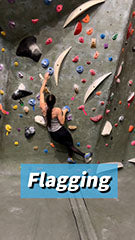
Academy: Flagging
Flagging your foot is a climbing move where one of your feet presses to the side and touches the wall, but doesn’t rest on a hold. Flagging is a really...
Academy: Flagging
Flagging your foot is a climbing move where one of your feet presses to the side and touches the wall, but doesn’t rest on a hold. Flagging is a really...
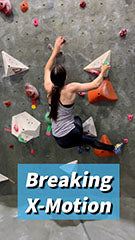
Academy: Breaking X-Motion
X-Motion is an excellent tool for staying in balance during 90% of your climbing movement. But there is the 10% case where the available holds don’t support X-Motion climbing and...
Academy: Breaking X-Motion
X-Motion is an excellent tool for staying in balance during 90% of your climbing movement. But there is the 10% case where the available holds don’t support X-Motion climbing and...
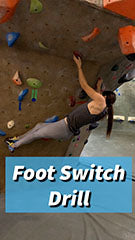
Academy: Foot Switch Drill
It’s often necessary to switch feet on small holds. By itself, switching feet is hard enough, but when you’re on an overhanging route and the foot is far off to...
Academy: Foot Switch Drill
It’s often necessary to switch feet on small holds. By itself, switching feet is hard enough, but when you’re on an overhanging route and the foot is far off to...
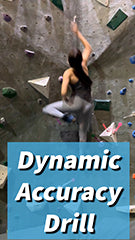
Academy: Dynamic Accuracy Drill
Accuracy during dynamic movements can be critically important. A good example is a dyno to a pocket. It’s really hard to hit the pocket in exactly the right spot to...
Academy: Dynamic Accuracy Drill
Accuracy during dynamic movements can be critically important. A good example is a dyno to a pocket. It’s really hard to hit the pocket in exactly the right spot to...
